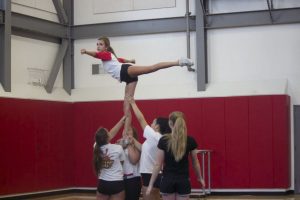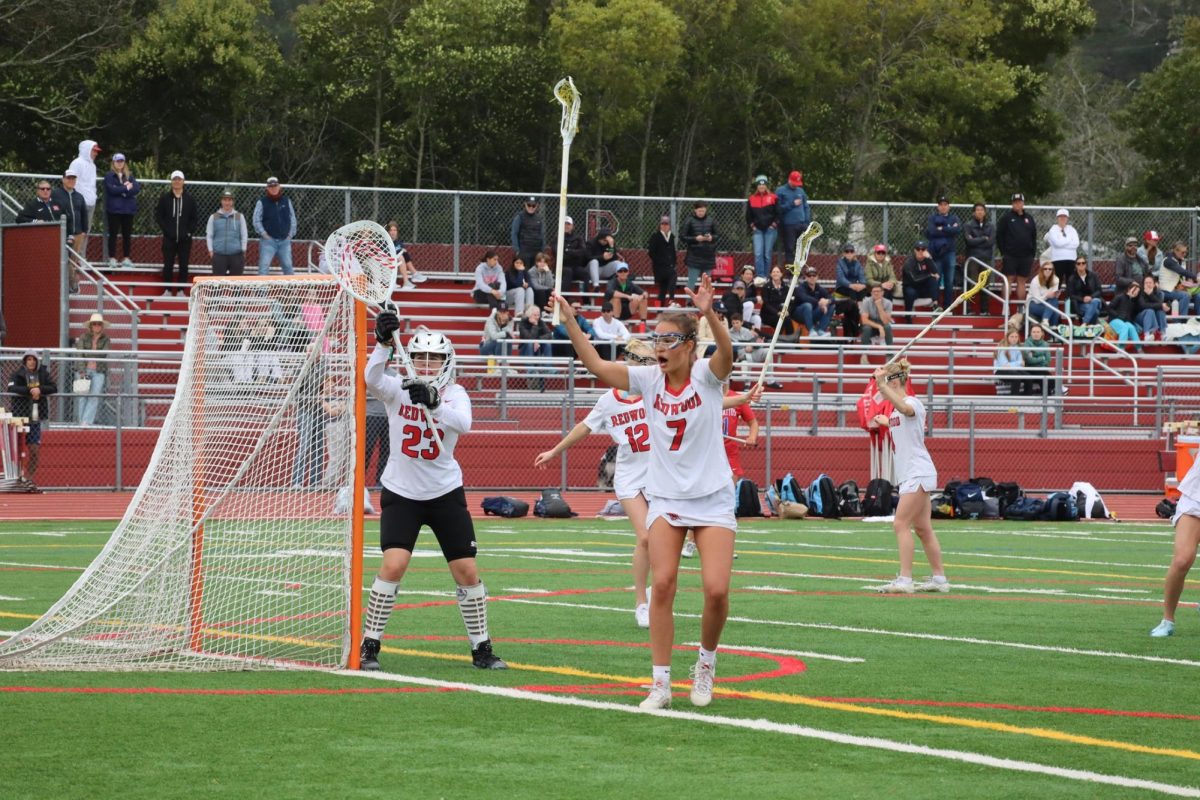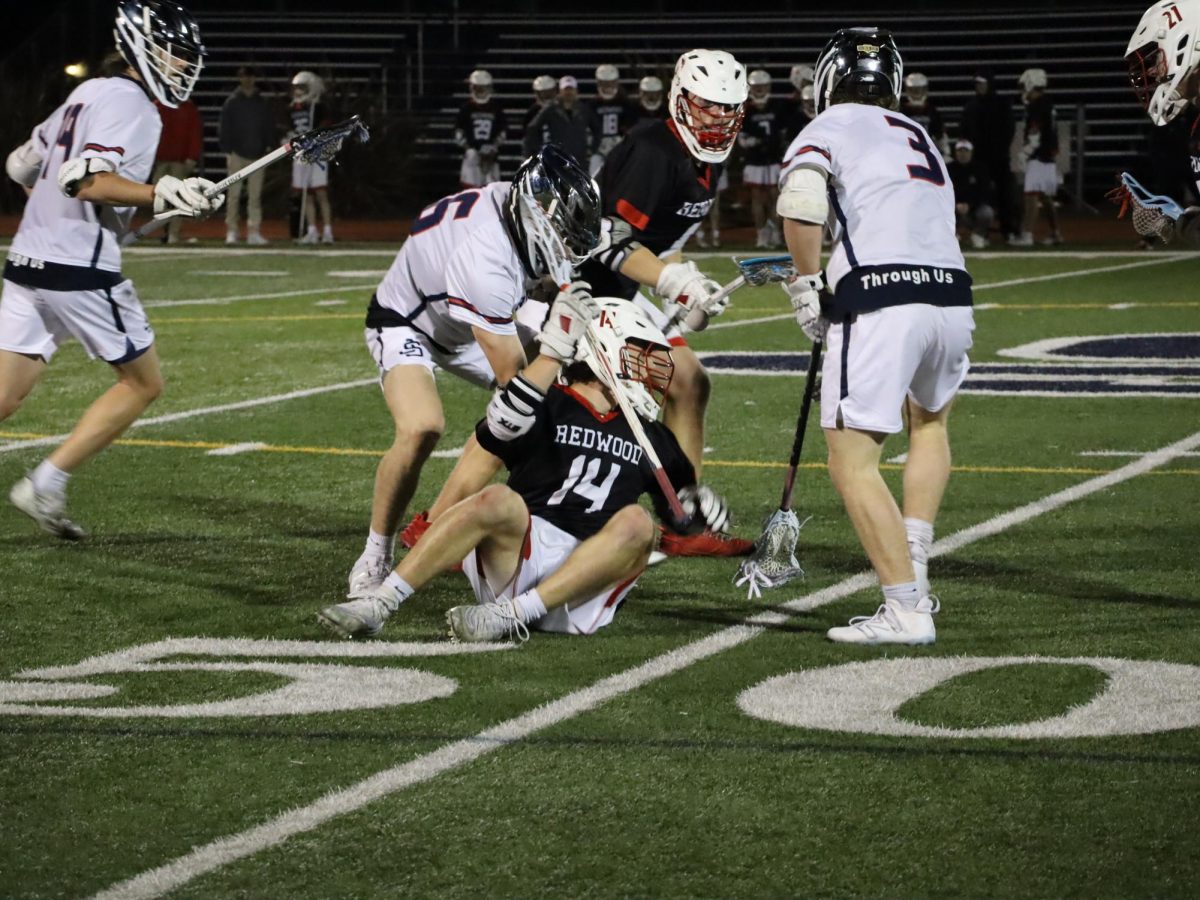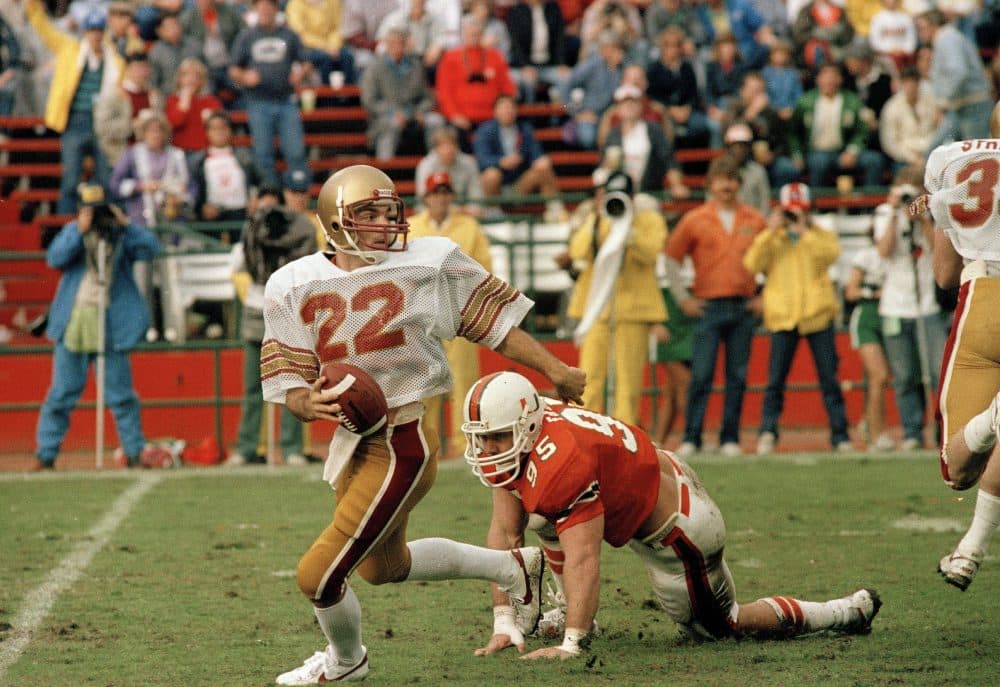After not competing last year for the first time in their history, the cheer competition team is training in hopes of continuing their success from their 2012–2013 season when they placed second in Nationals.

“You have to have enough people to qualify, and last year not enough qualified through Redwood’s standards so we didn’t have the right numbers to do it,” junior Jenna Hassell said.
The team is training intensely to reach their goal of attending Nationals in Las Vegas in late February. Along with Nationals, the team competes in various competitions within California.
Through their intense training this season, the team was able to move up to the second division, which is a more difficult section in competitions.
“This year we started competing in a harder division, which made us all more motivated than we were last year,” captain and senior Charlotte Smith said.
However, not having a competition team last year allowed the program to concentrate on strengthening their traditional cheer team.
According to a 2013 interview with cheer coach Heather Brabo, the traditional team was able to focus more on improving stunts and without the cost of the competition team, they were able to hire better choreographers.
Compared to high school cheerleading, competition cheer is considered more challenging and difficult to perform due to the larger focus on tumbling and stunts.
“High school cheerleading is more about representing Redwood,” Hassell said. “The [competition team] is a more extreme version of cheer, because the stakes are all higher, the audience is bigger, the stunts are harder and prizes are given out.”

The athletes who are members of both the regular and competition cheer team prepare specifically for competition every Tuesday while also attending their three regular practices and cheer commitments throughout the week.
The girls are also expected to work out and practice their routines outside of practice to prevent themselves from falling behind.
To meet all these commitments, most girls have to cut down on other activities. For instance, Hassell doesn’t participate in dance during the competition season.
“You have to spend extra time outside of practice to be able to perform [in practice] the next week,” Hassell said.
To make the competition team, Brabo determines if the girls can meet the team’s standards based on their past work in regular cheer.
Because of the entrance fees and costs of traveling, choreographers, and other charges, the team has a large financial burden. To alleviate these costs, the team receives donations, as well as fundraising as much as possible.
“We are always looking for the best ways to fundraise, so this year we have asked for parents to help to come up with fundraising ideas,” Brabo said.






